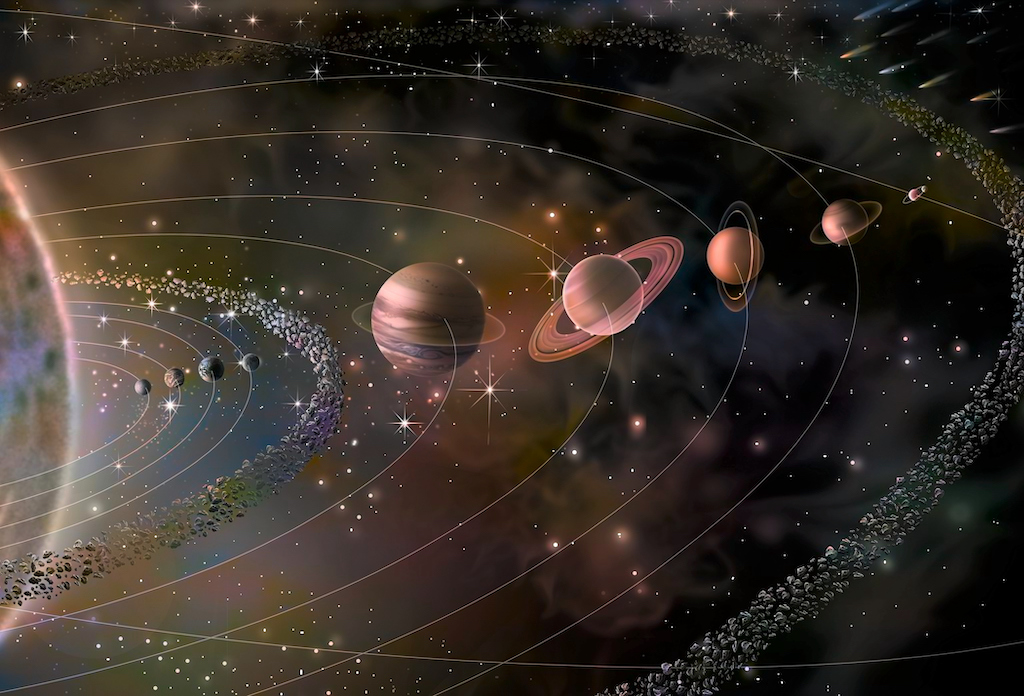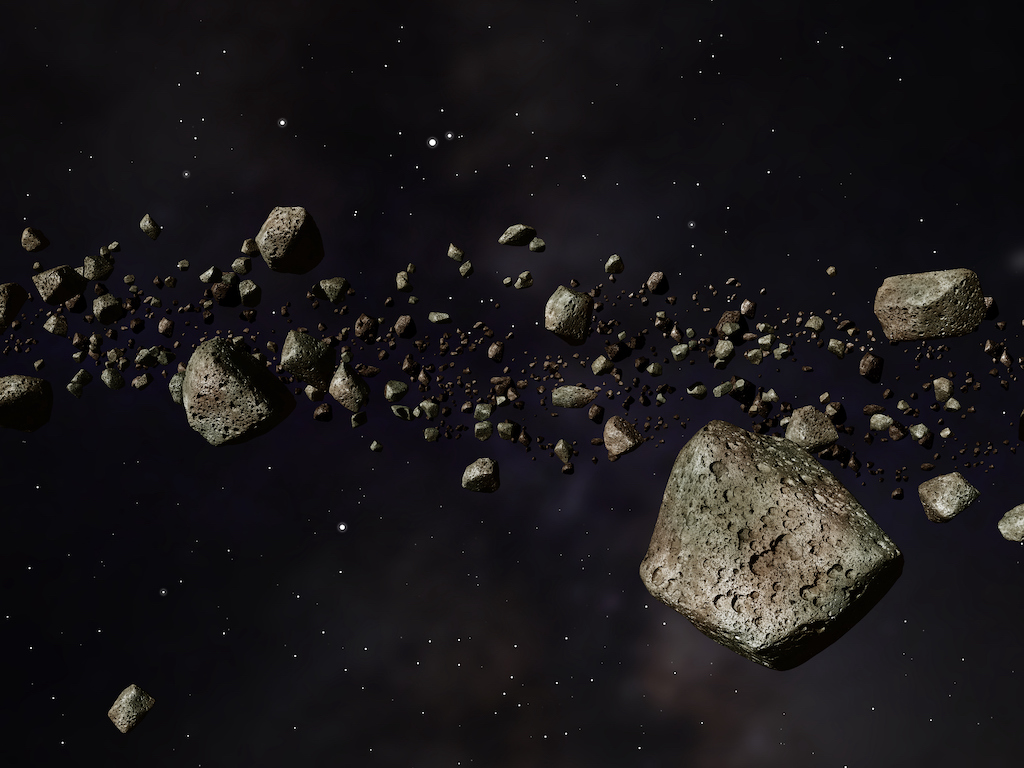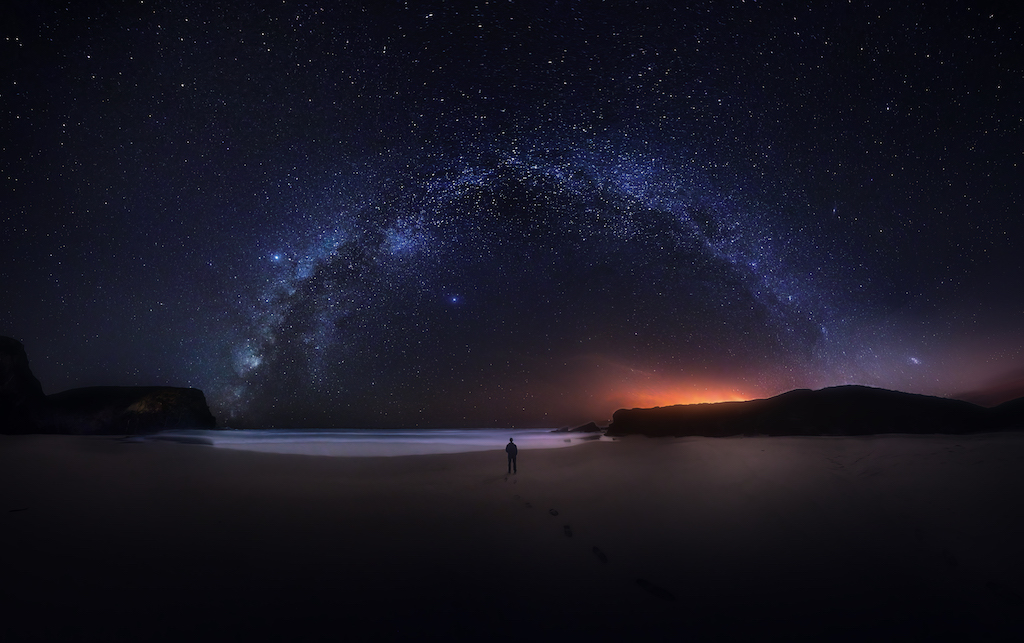The asteroid belt is the boundary between the rocky and gas planets. Here’s what it is and how it evolved 4.5 billion years ago.
A big one The Cosmic Rock Corridor stretches between Jupiter and Mars. This natural boundary divides our solar system in two: on one side—farthest from Earth—are the gas giants; On the other hand, there are rocky planets. For this region He is known as Asteroid belt, and it’s just made up of cosmic debris. Here’s what we know about it.
read more: This is the Oort cloud, the cosmic ‘shell’ surrounding our solar system.
How do asteroid belts form?

This region of the solar system is known as the ‘asteroid belt’ Forms a circle around rocky planets, It’s actually like a belt. After this limit The gas that orbits the Sun is the Colossi: Jupiter, Saturn, Uranus and Neptune.
This is a natural barrier Composed of small rock and metal bodies. Scientists sometimes call themminor planetsFor these objects, the observatory explains Cheese:
“These objects mainly move between the orbits of Mars, the fourth planet in our solar system, and Jupiter, the fifth planet. Astronomers […] They think the asteroids are remnants of the formation of our solar system 4.6 billion years ago.”

From its Greek root, Asteroid translates as ‘small star’ or ‘star-shaped’. Seen this way, the solar system’s asteroid belt Hundreds of millions of ‘little stars’, They reflect sunlight just like any other object in our universe.
The name dates back to the 19th century, when European astronomers first discovered this rocky region. At the time, They thought they were stars. However, with modern technology, we have actually realized it They are rocks orbiting the Sun..
Continue reading:
The mystery of the Pleiades: 7 sister stars that light up the winter night sky
Revisiting the Milky Way: Why it’s important to restore the night sky to its natural darkness





:quality(85)/cloudfront-us-east-1.images.arcpublishing.com/infobae/KTKFKR763RBZ5BDQZJ36S5QUHM.jpg)